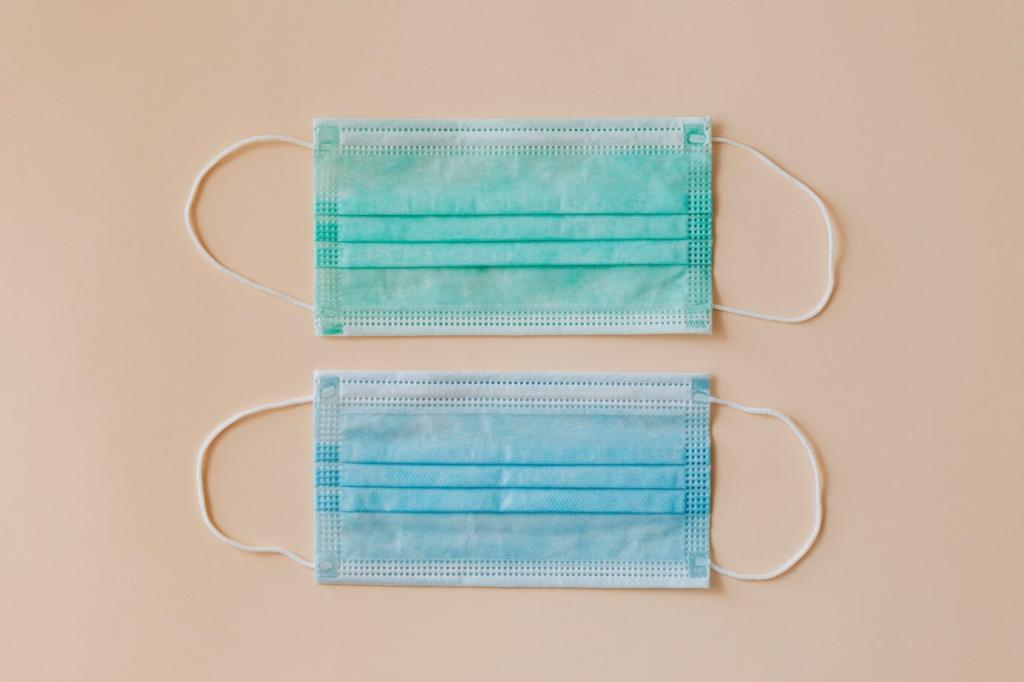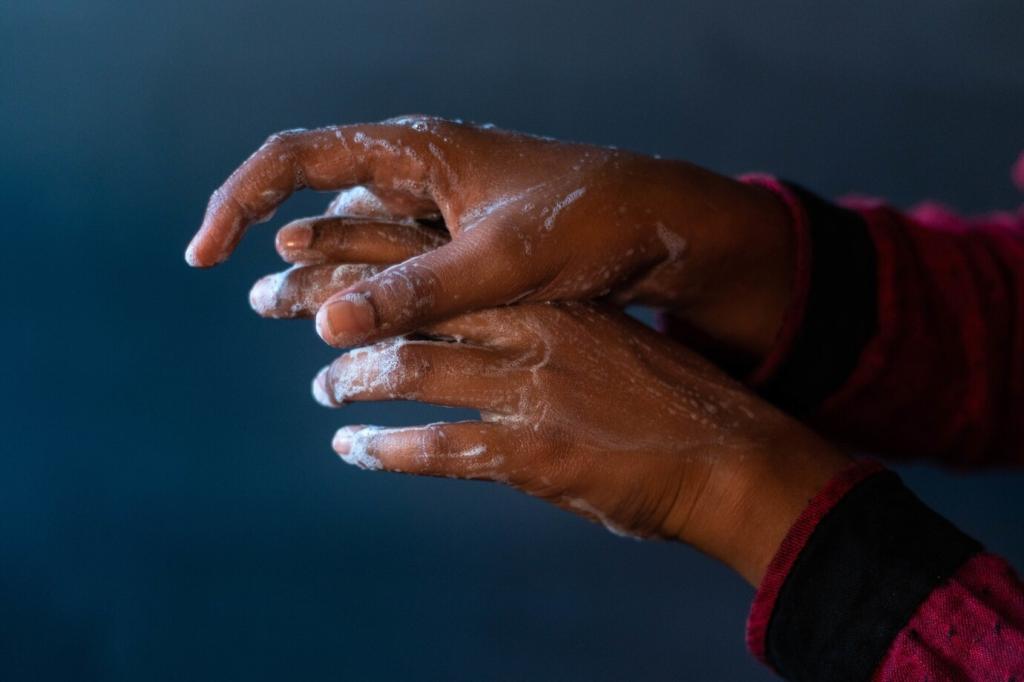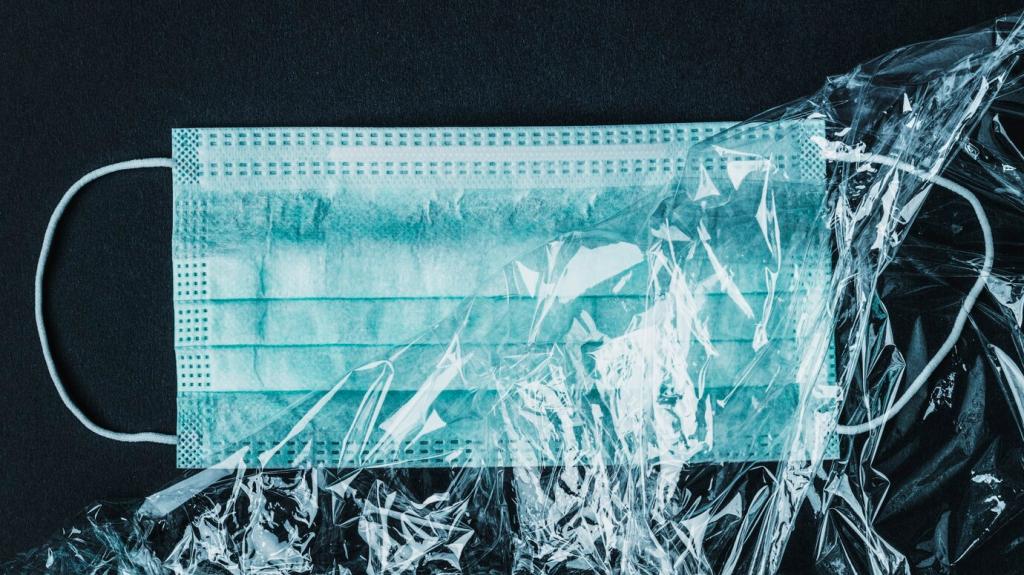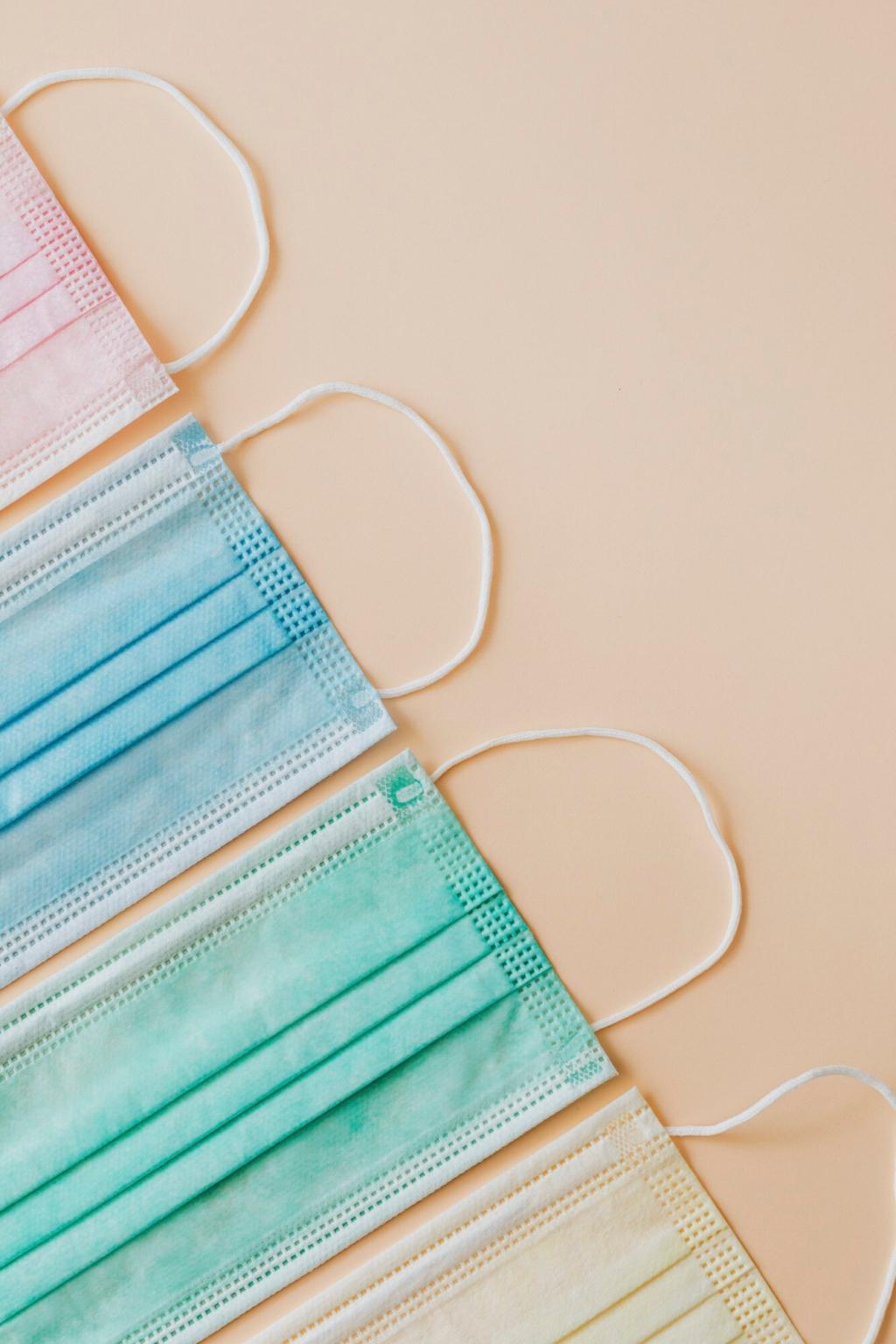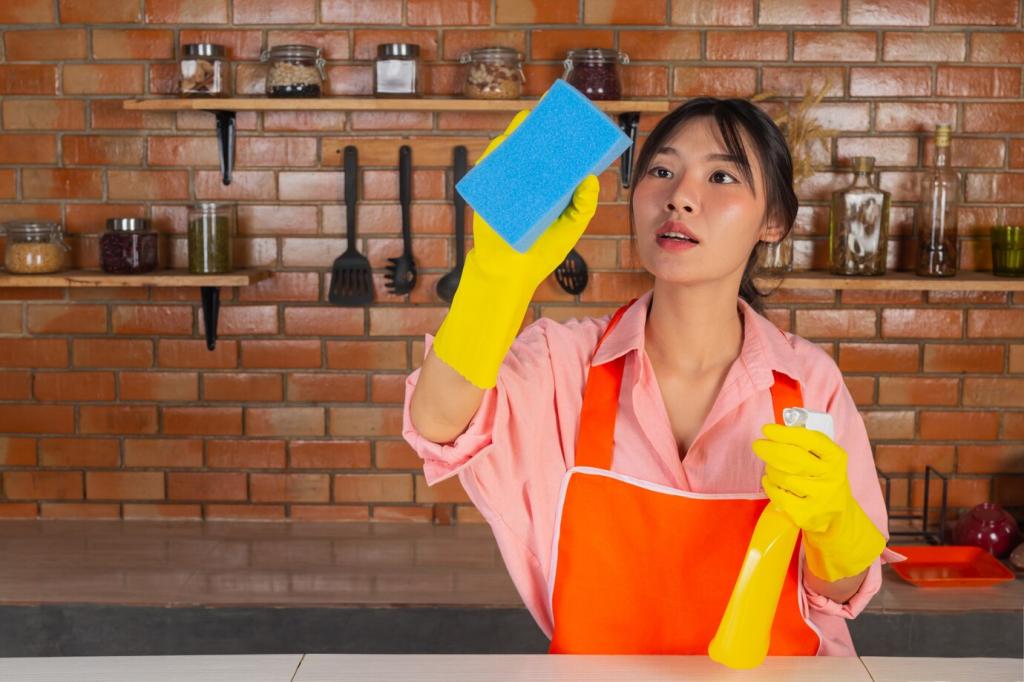Troubleshooting, Safety, and Storage
If residue feels tacky, you likely used too much oil or insufficient buffing. Wipe with a lightly dampened cloth containing diluted vinegar, dry thoroughly, then rebuff. Share photos and settings—room humidity and cloth type often explain the difference between crystal shine and dull haze.
Troubleshooting, Safety, and Storage
For fresh water rings, place a dry cotton cloth over the mark and pass a warm iron quickly to coax moisture out. For older rings, a sparing dab of mayonnaise can help. Report back with results, and we will refine guidance together for vintage finishes.

